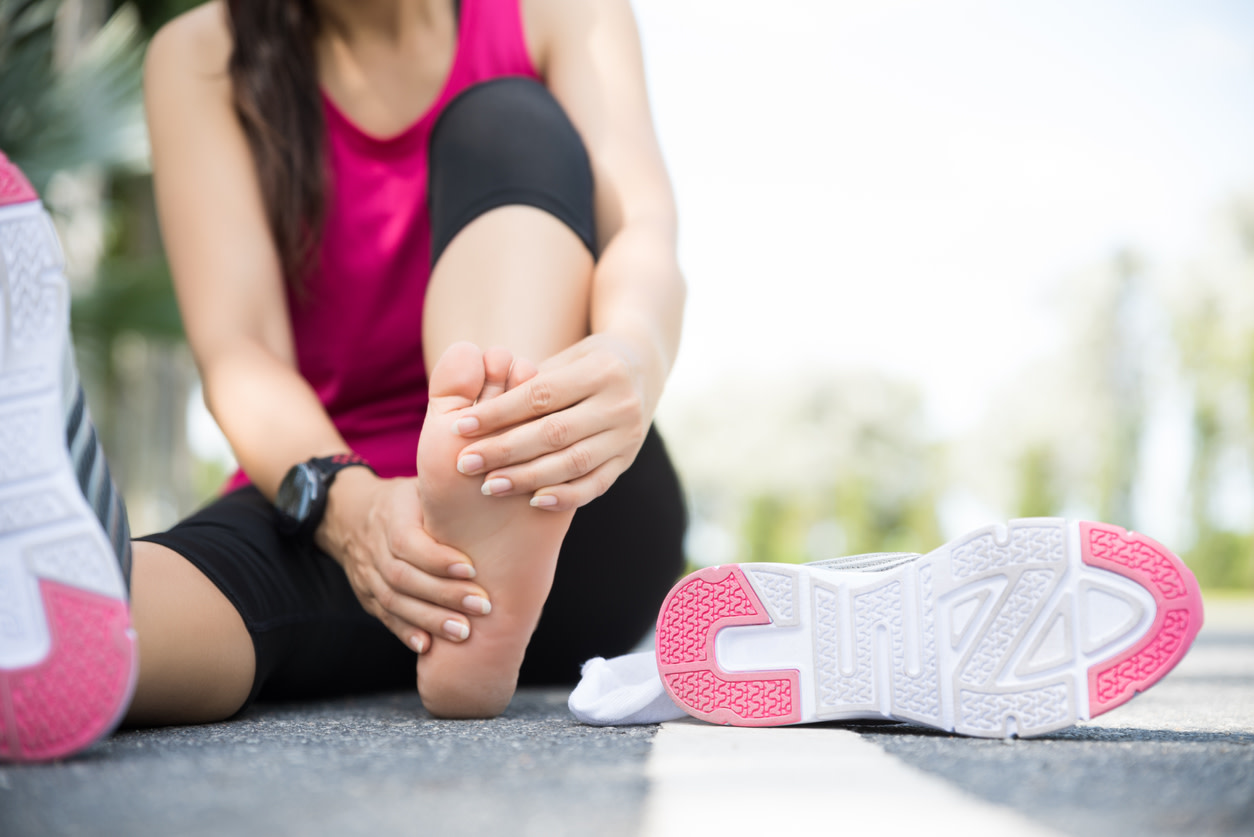What is turf toe? Causes, symptoms, treatments, and exercises
Learn more about turf toe, a common big toe injury among athletes, and how to feel better with PT-approved exercises.
0 $ pour vous
Date de publication : Feb 23, 2024
Table des matières
Fully covered foot or ankle pain relief
Find relief from foot pain, ankle pain, plantar fasciitis, & more.
Check if I'm eligibleExercises for turf toe
Want expert care? Check if you're covered for our free program →- Calf Stretch
- Active Toe Abduction
- Active Toe Extension
- Mini Squat
